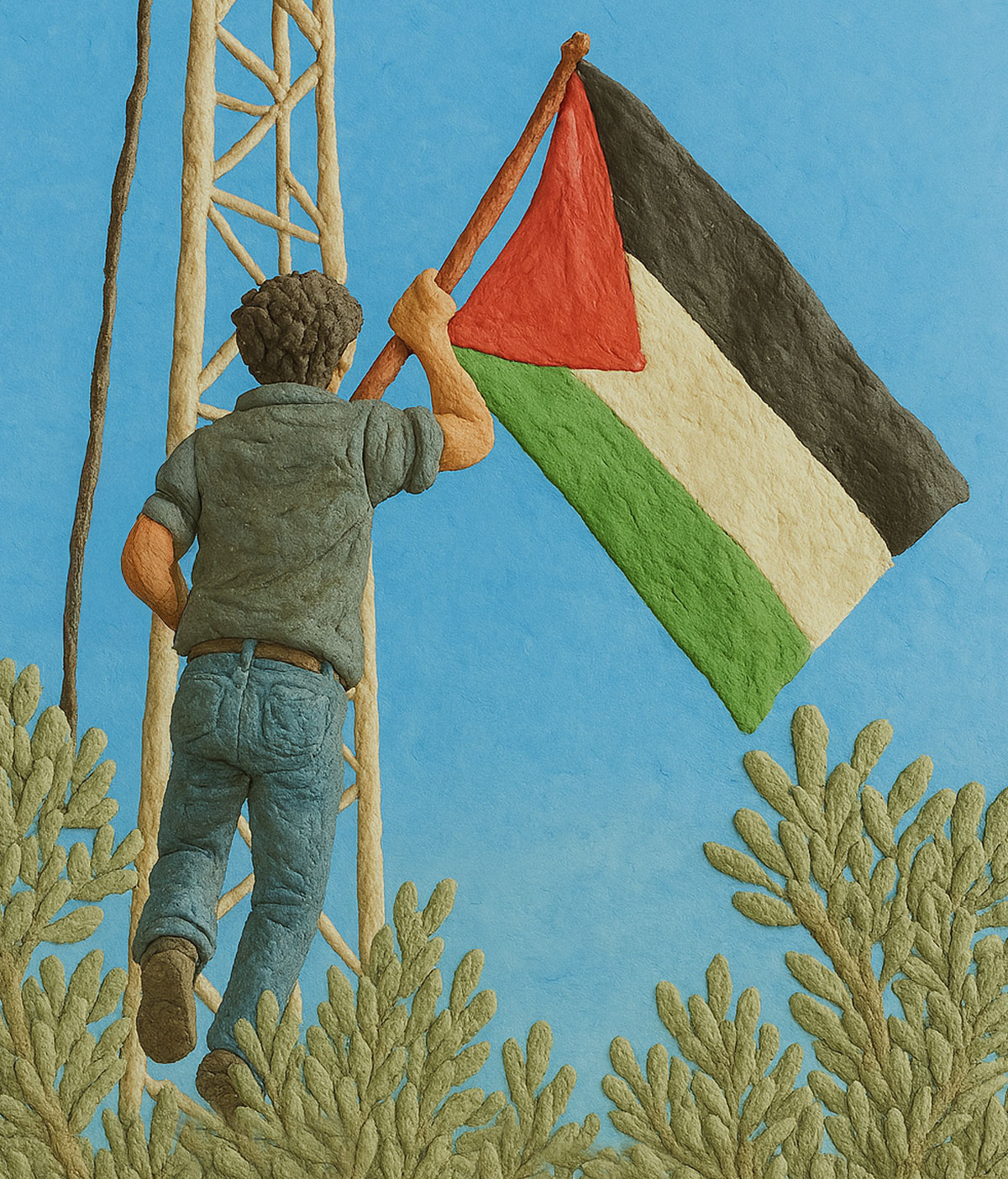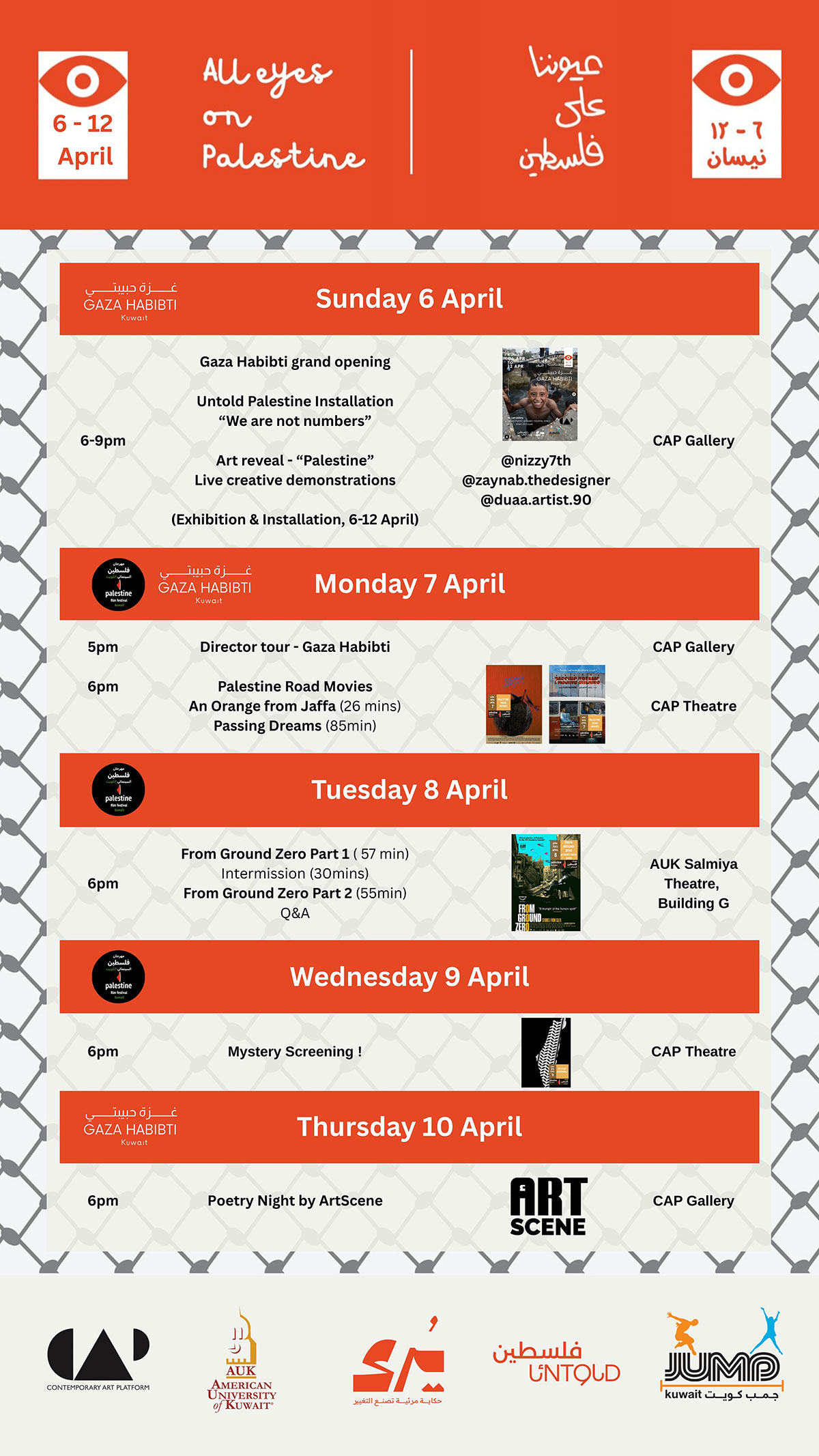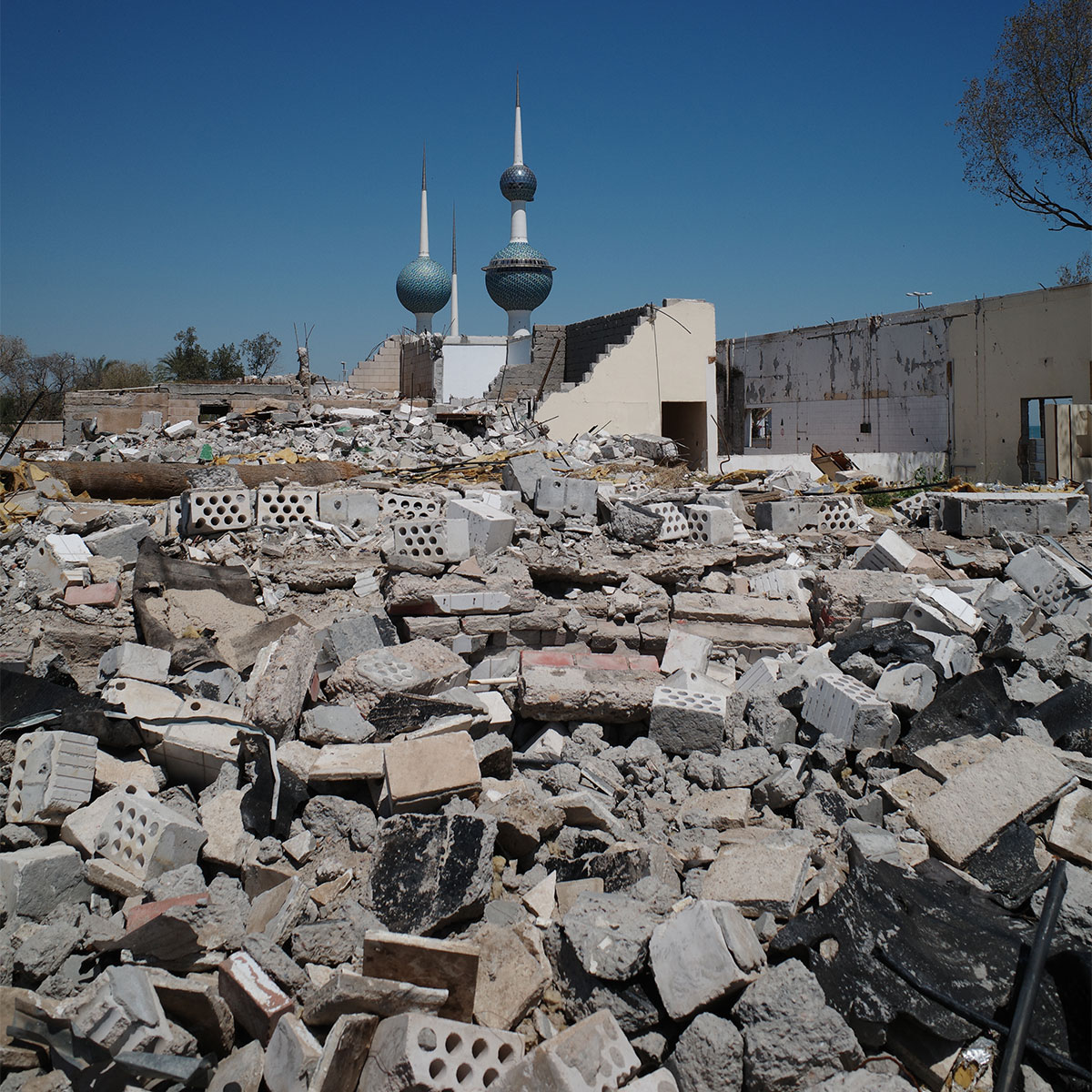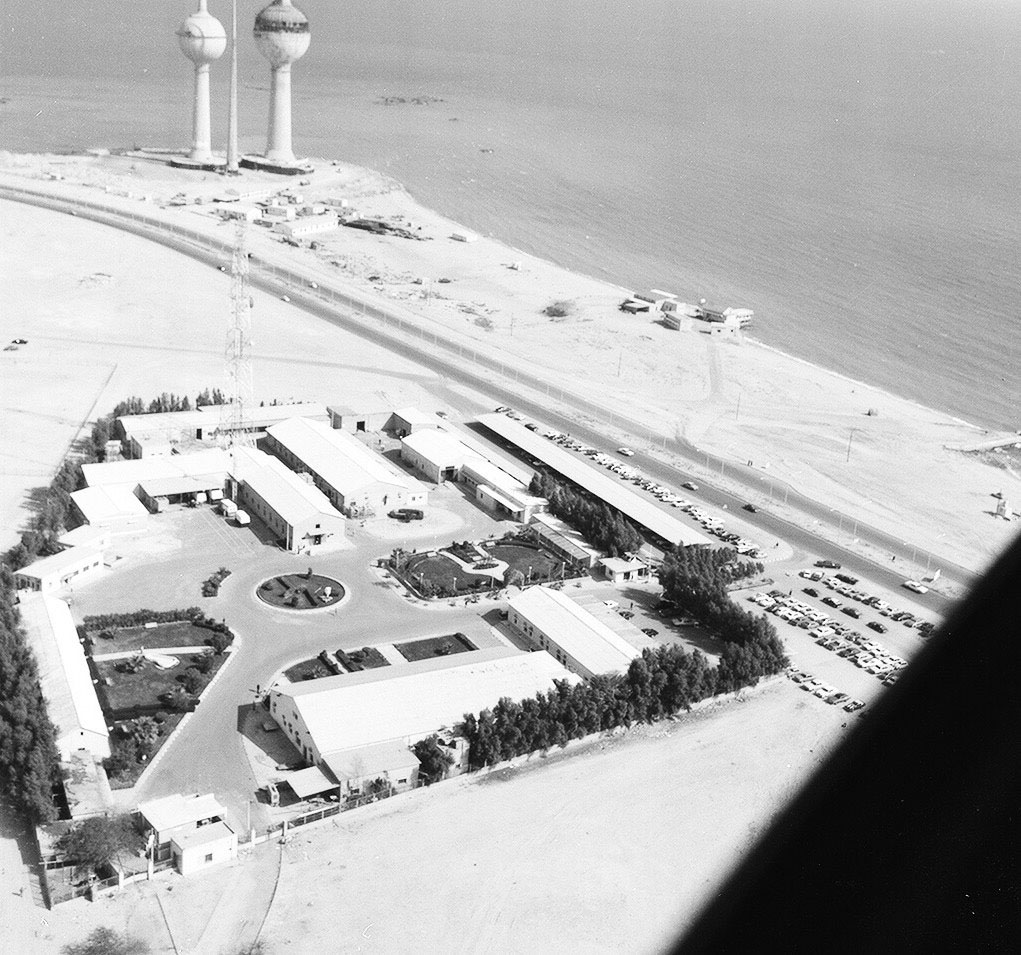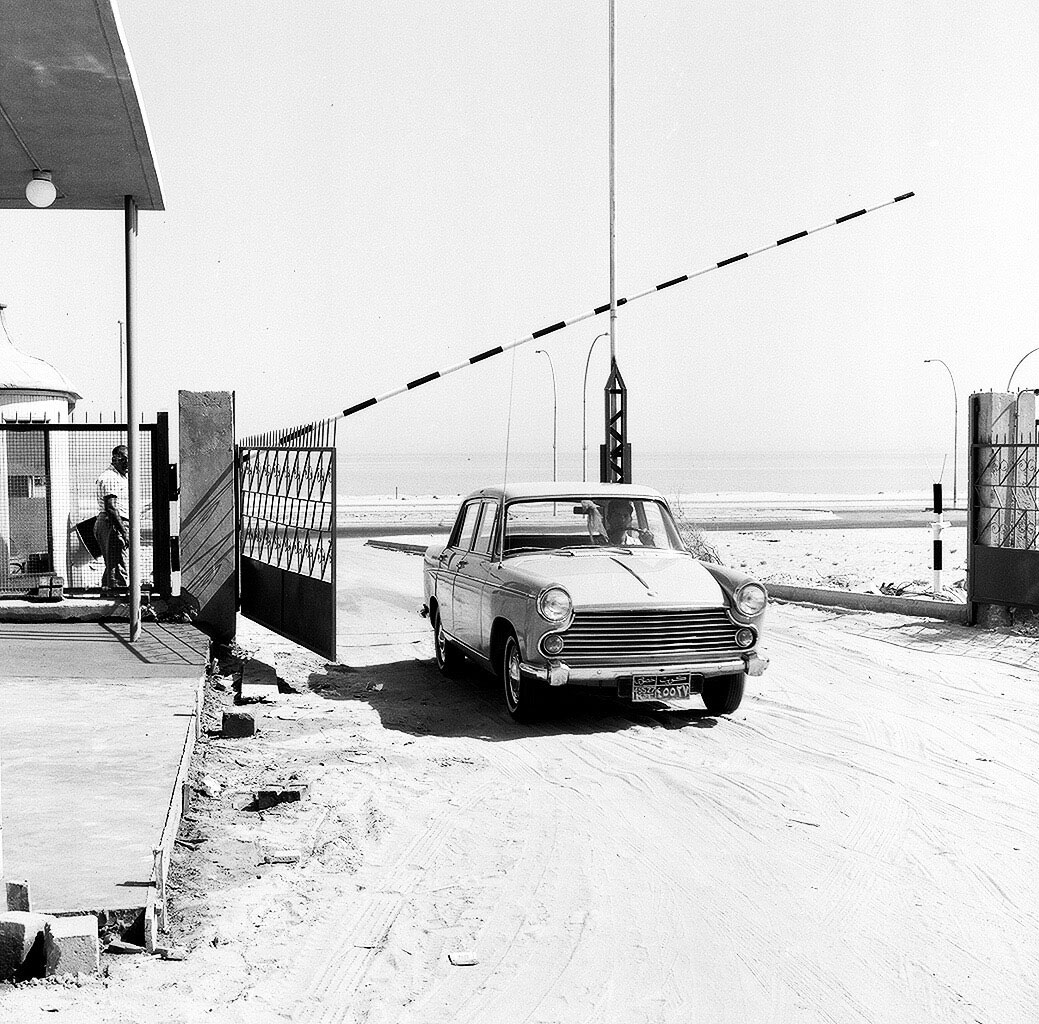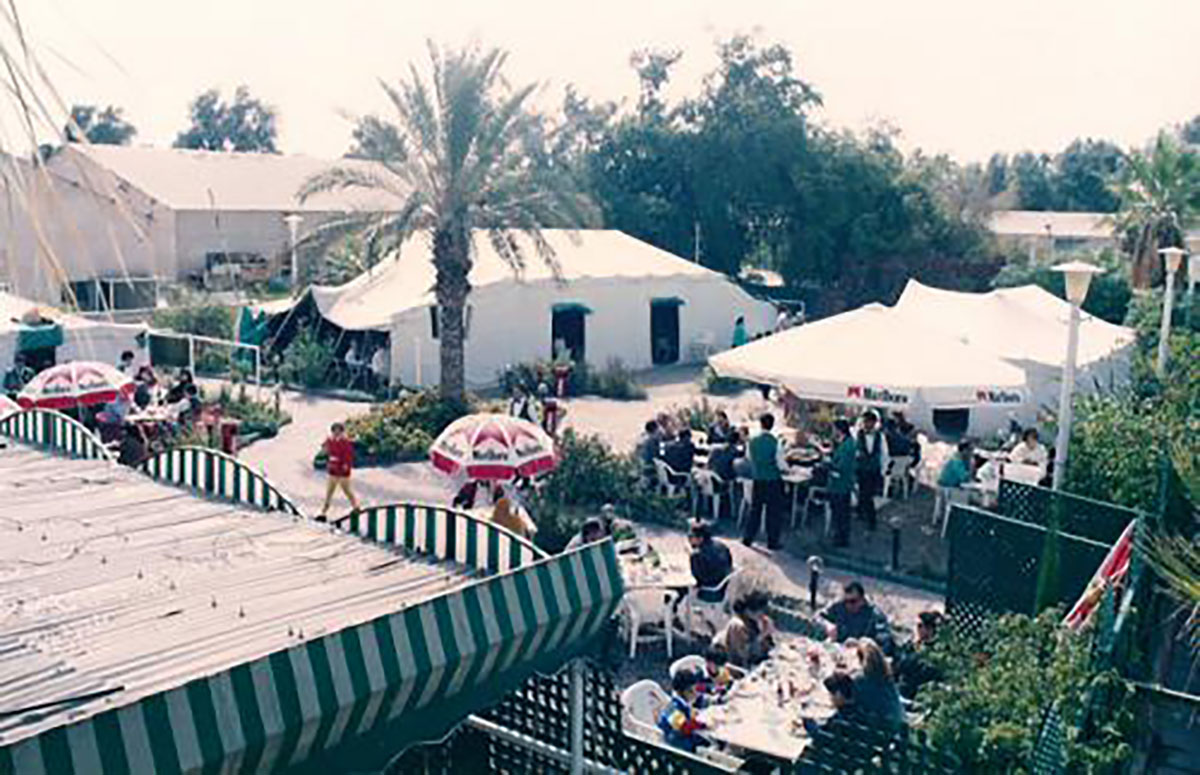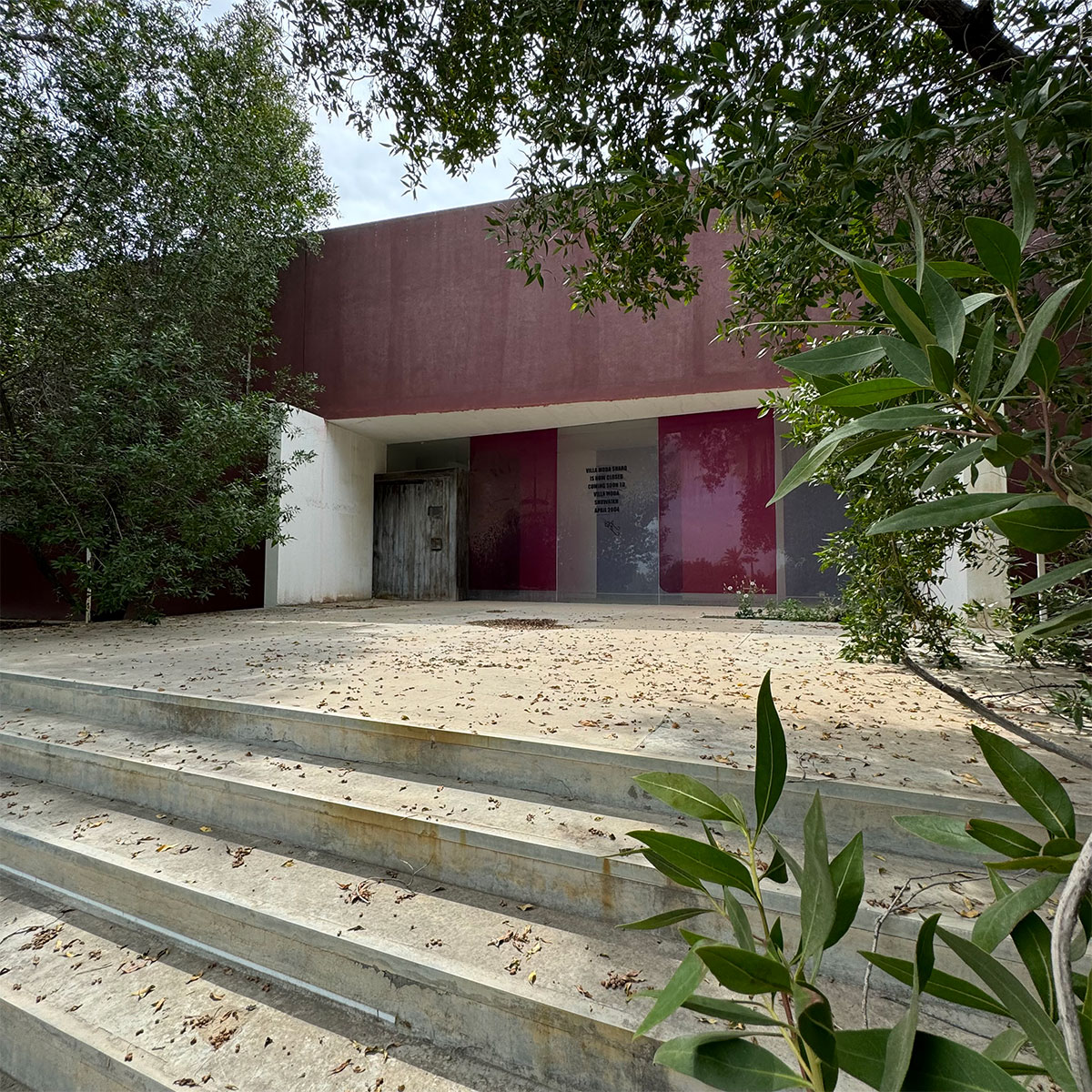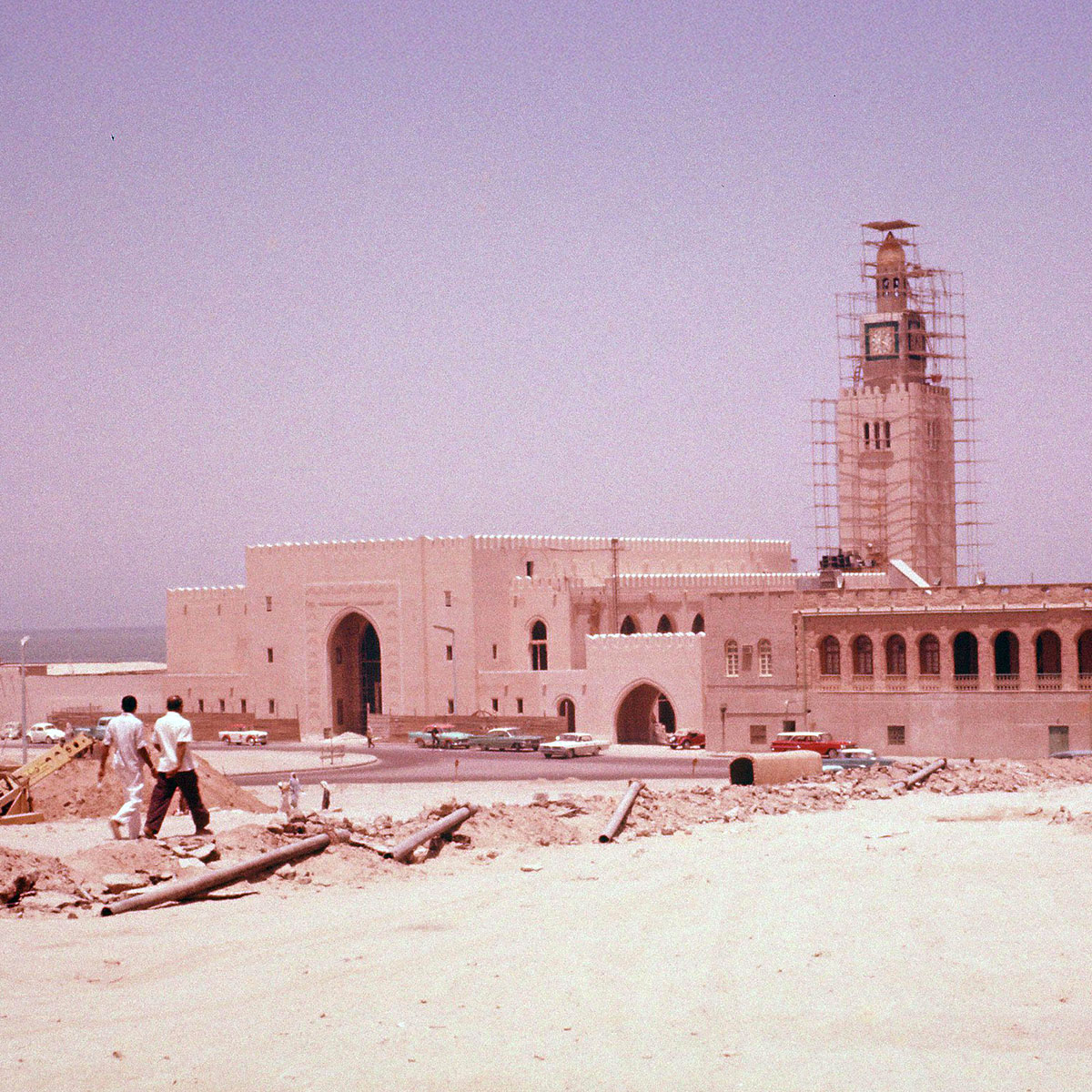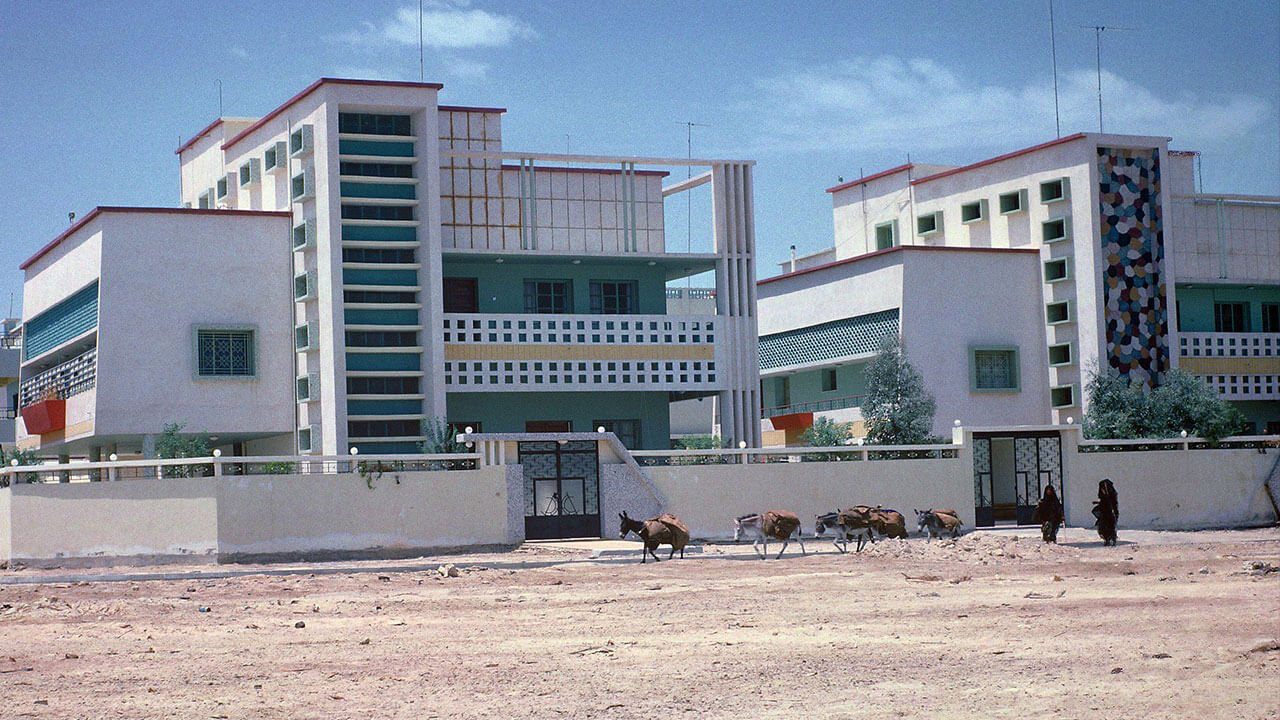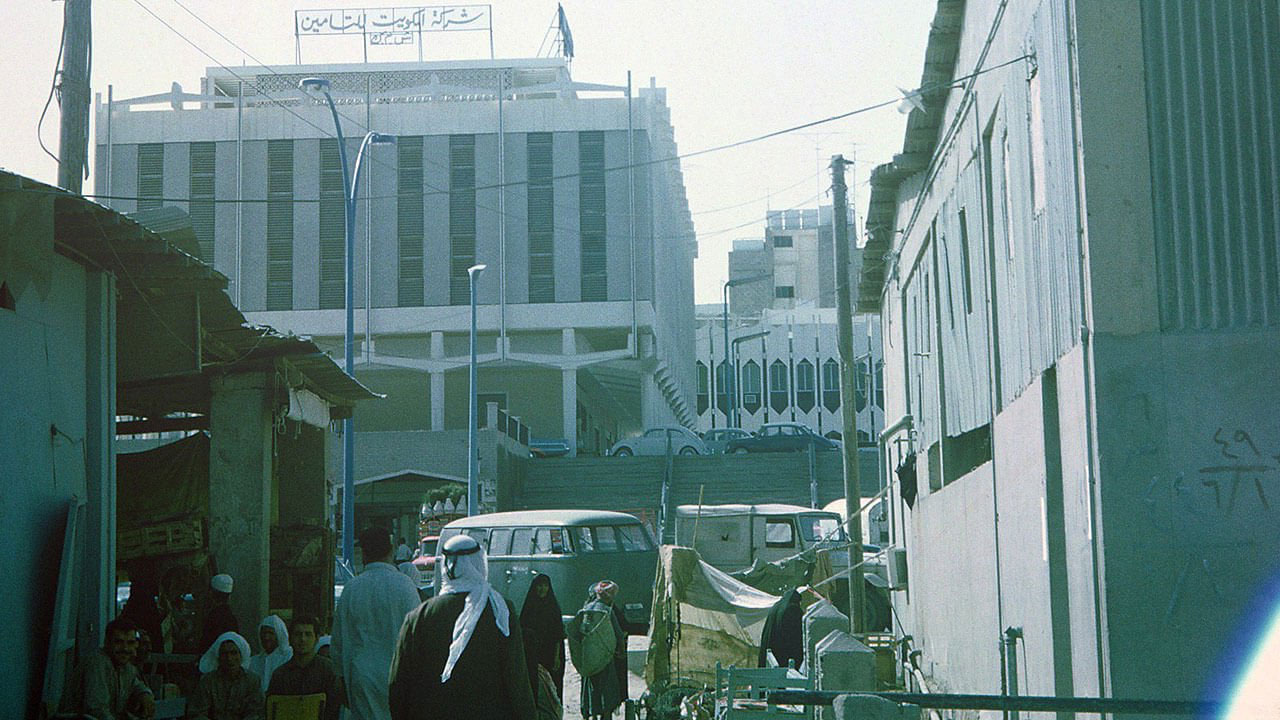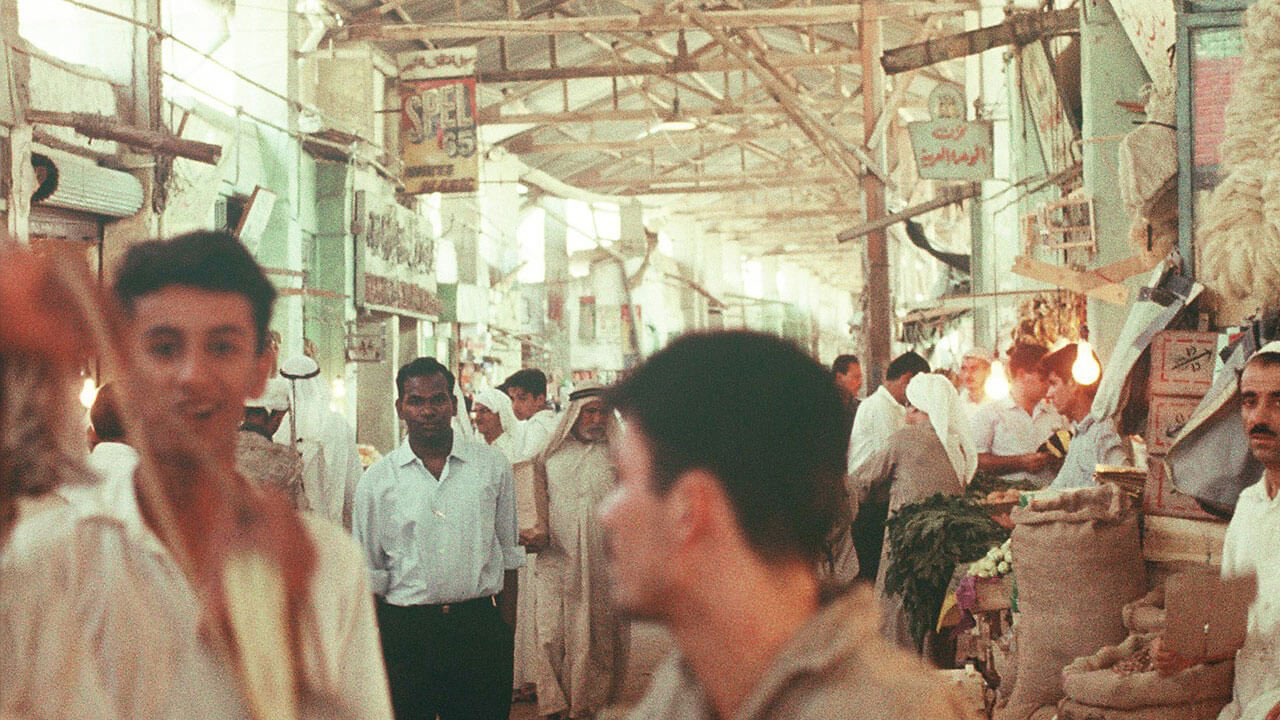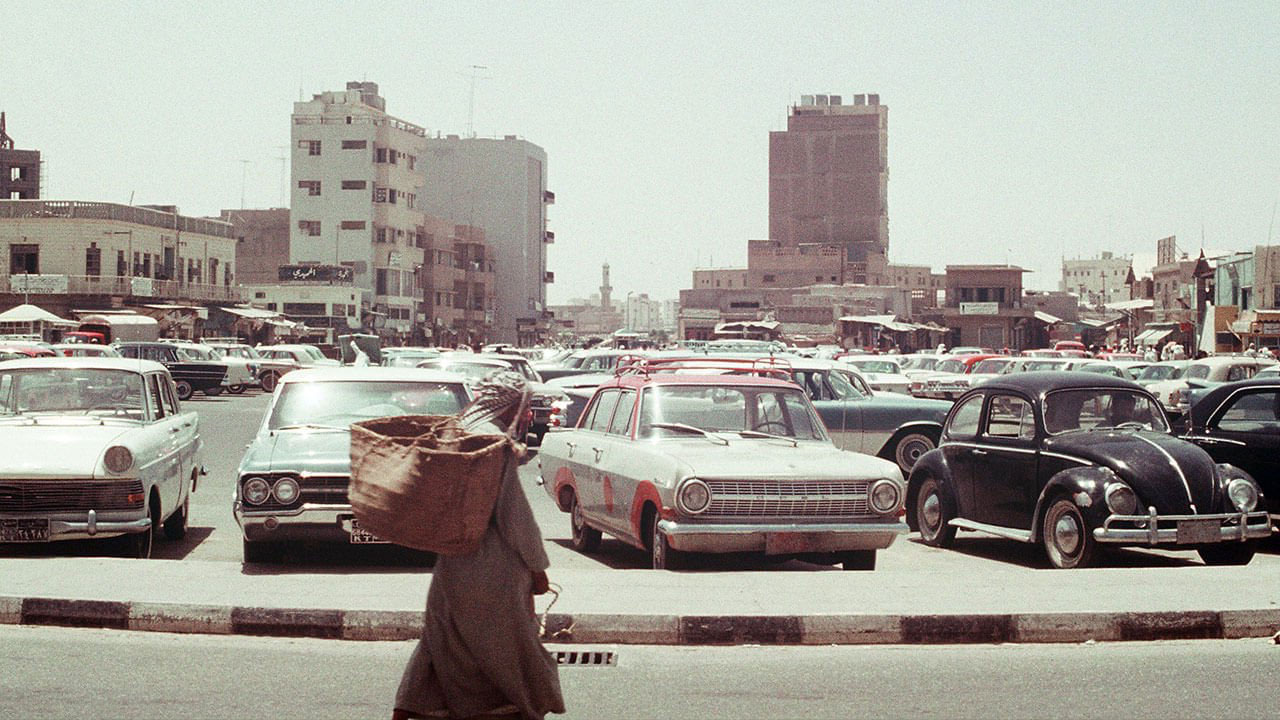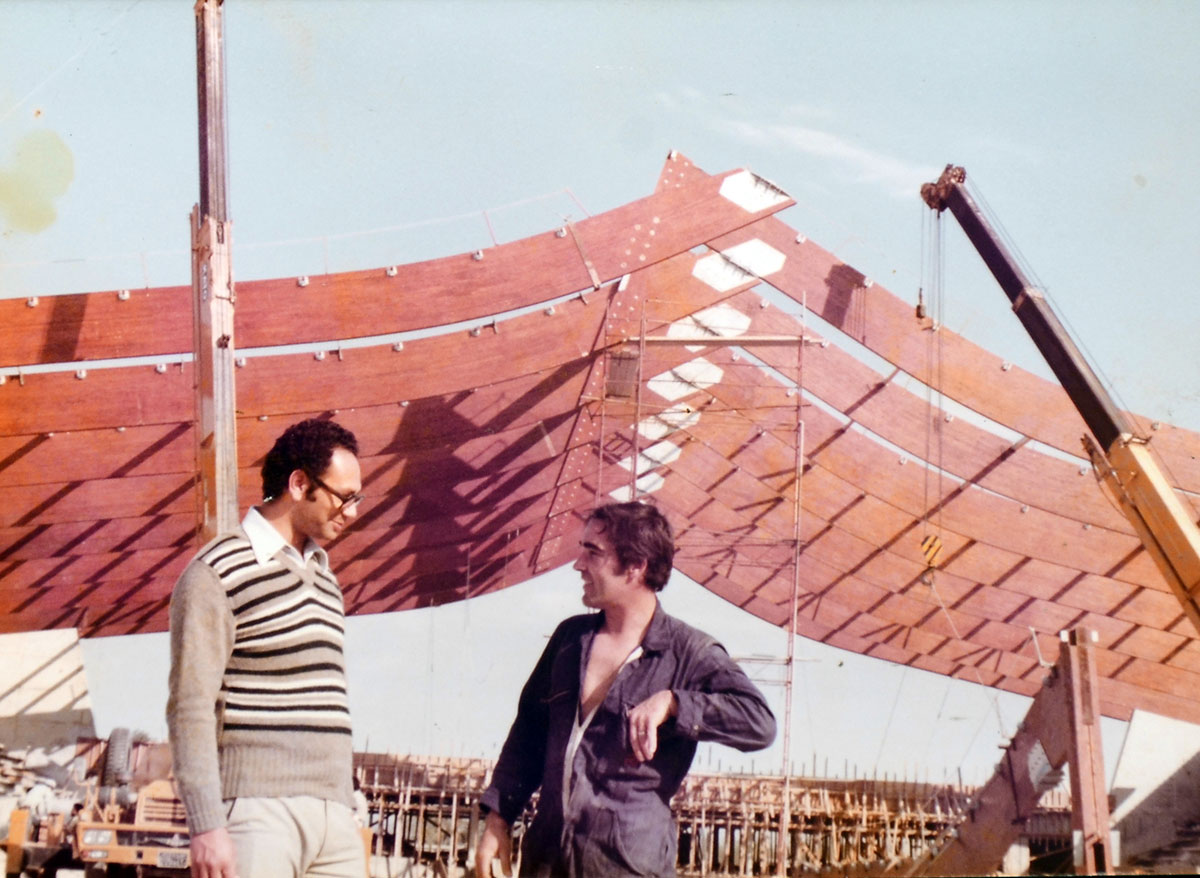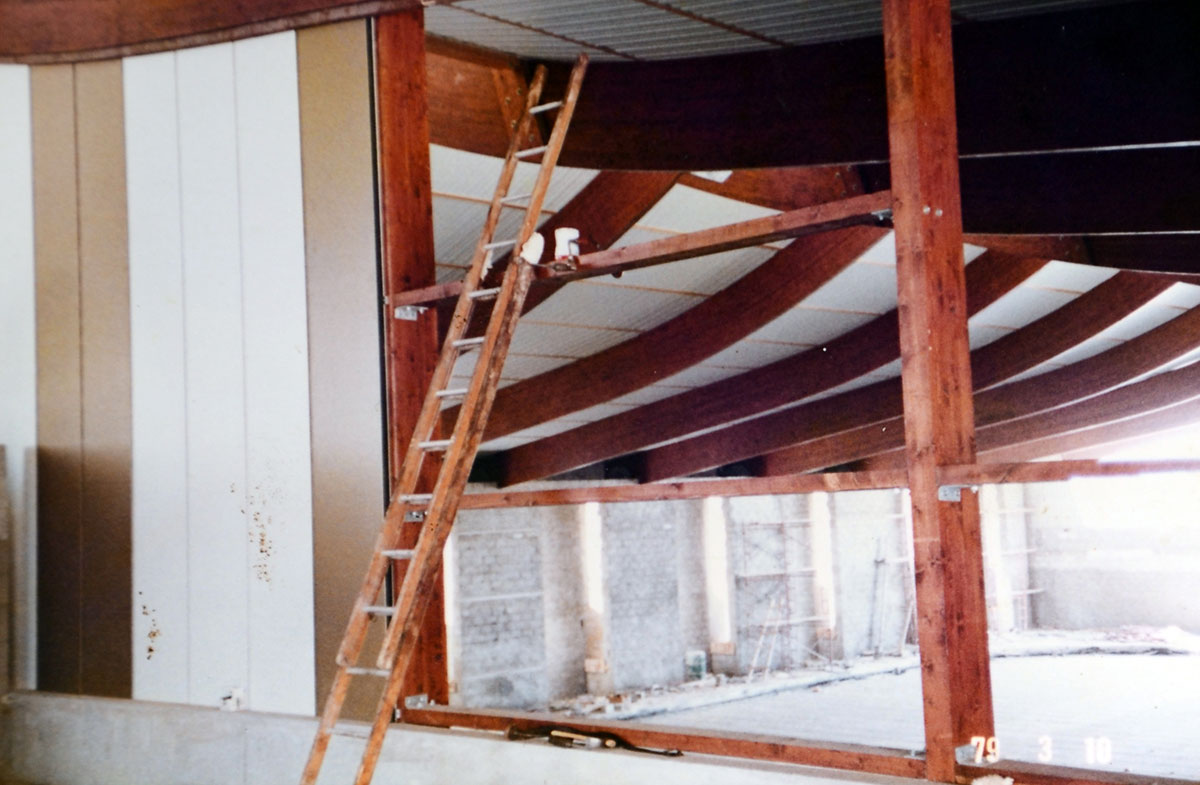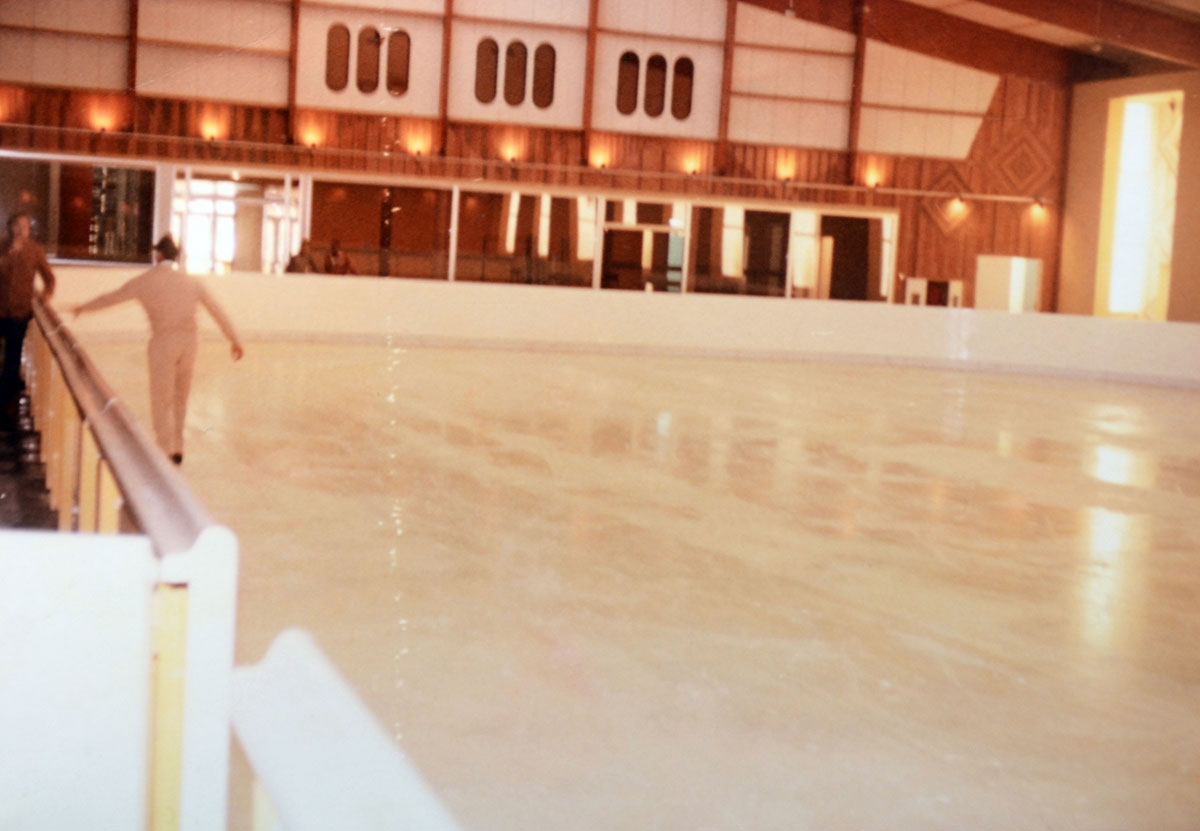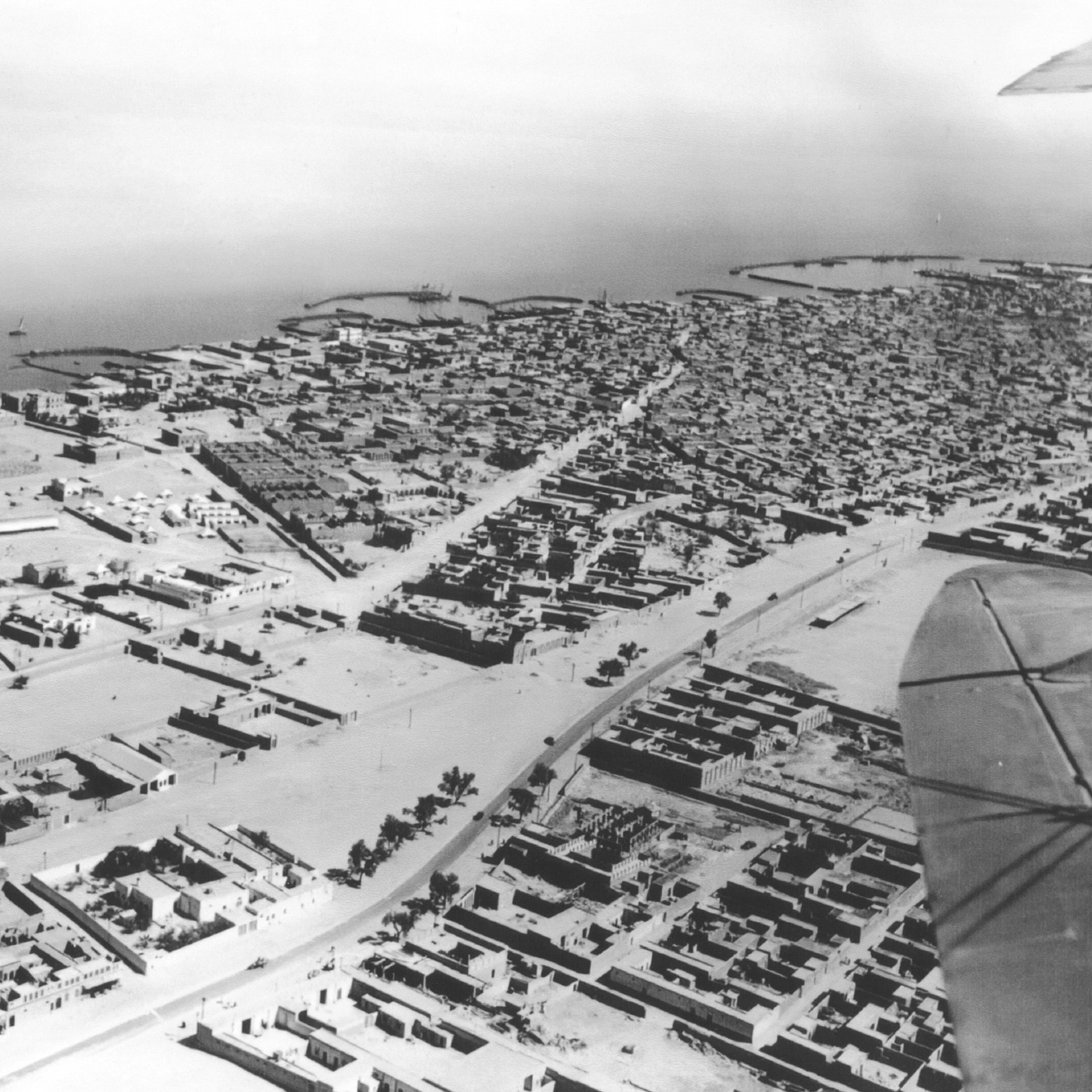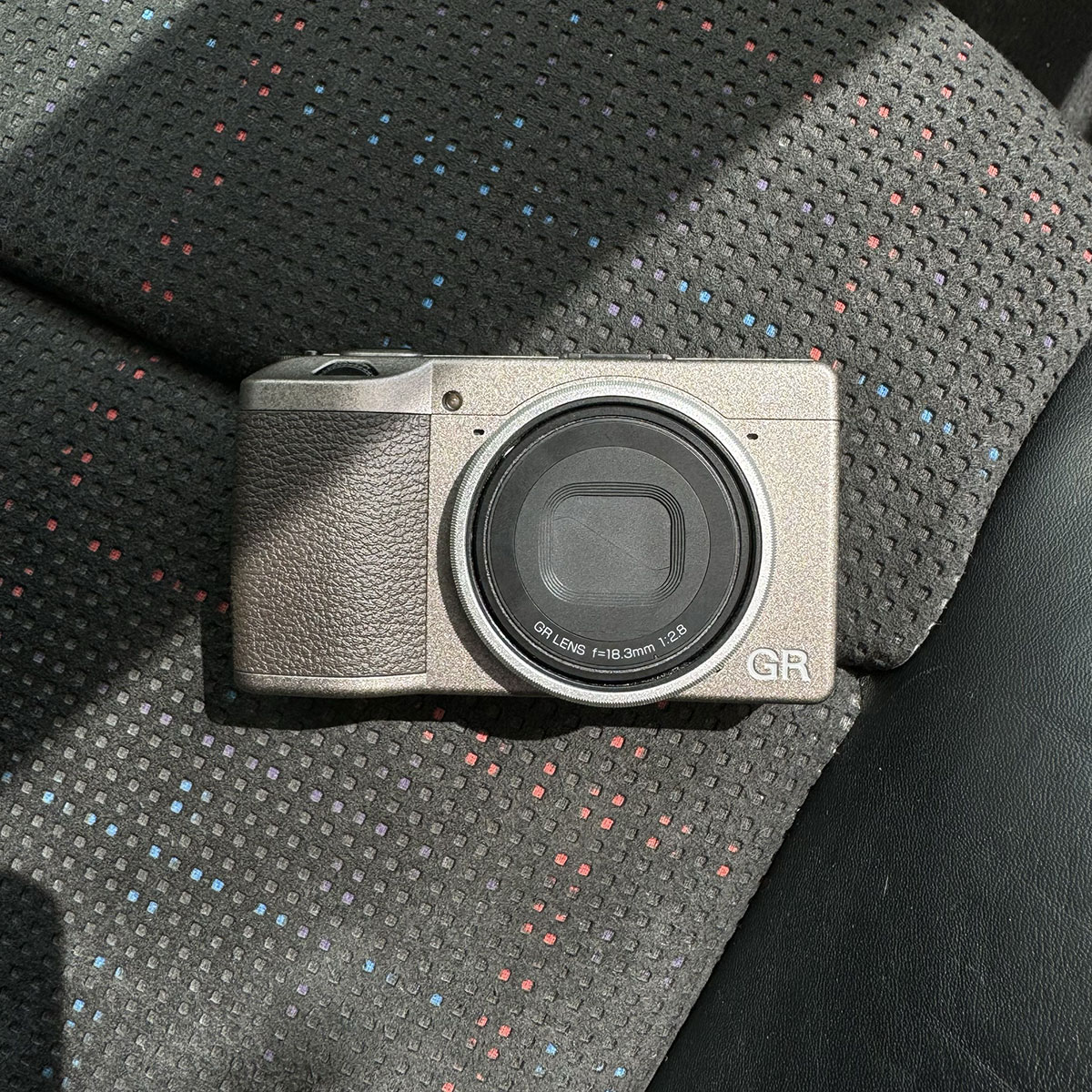
I’ve been using my Fuji X100V camera since 2021. It’s been a great camera and one I’ve previously posted about being the best travel camera. But, I recently purchased the Ricoh GR III and I think I might have to take that comment back.
The Fuji was a pretty nice travel camera upgrade compared to the camera I was using before that, a Sony A7 III with a prime lens, and the Sony RX1 full sensor point & shoot I had before that. But, over the past couple of years I’ve been finding it more of a hassle to carry the Fuji around when traveling, especially because phone cameras have gotten so much better. Also, because of how popular the Fuji camera has become (thank you TikTok) and the prices gone up due to scarcity, I stopped slinging it across my shoulder out in the open like I used to before. That means I need to carry it in my shoulder bag making it a hassle and a slow process to use.
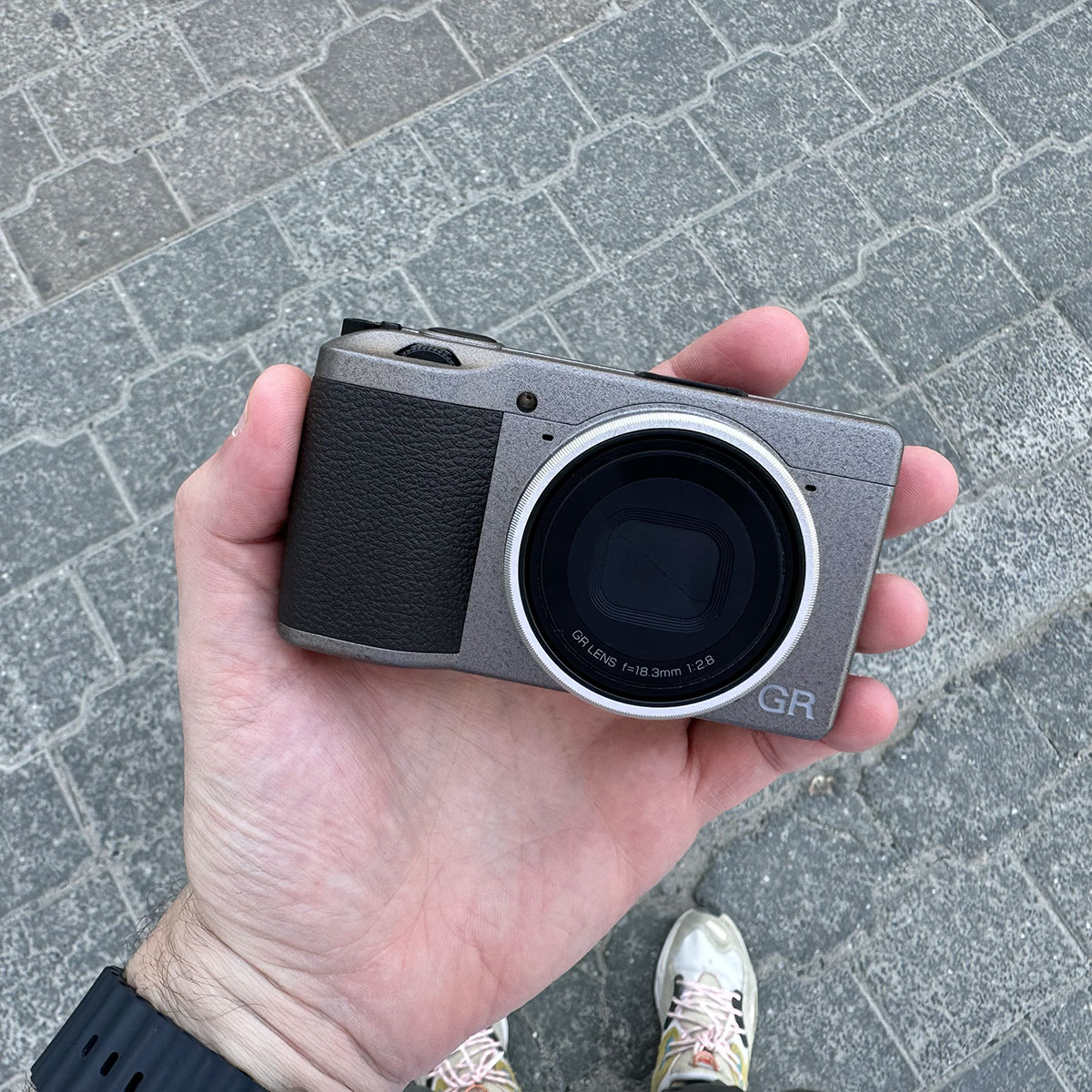
So I started looking at alternatives and decided on the Ricoh GR III. It was the camera I was initially deciding on when I got my Fuji. It’s got a similar sized APS-C sensor but in a body that is a lot more compact. I also went with the 28mm version (they also come in 40mm) so that it’s a wider field of view than my Fuji’s 35mm which should be better for travel photography.
Similar to the Fuji, the Ricoh has a cult following and so the cameras are also out of stock all the time. But, I got lucky and found the Diary Edition on BHPhoto. It was backordered like all the Ricohs, but the Diary Edition with my luck had an estimated in-stock date of around 2 weeks. I guess someone must have canceled and I was checking the website at the perfect time. I placed the order and once it was in stock they shipped it straight to Kuwait.
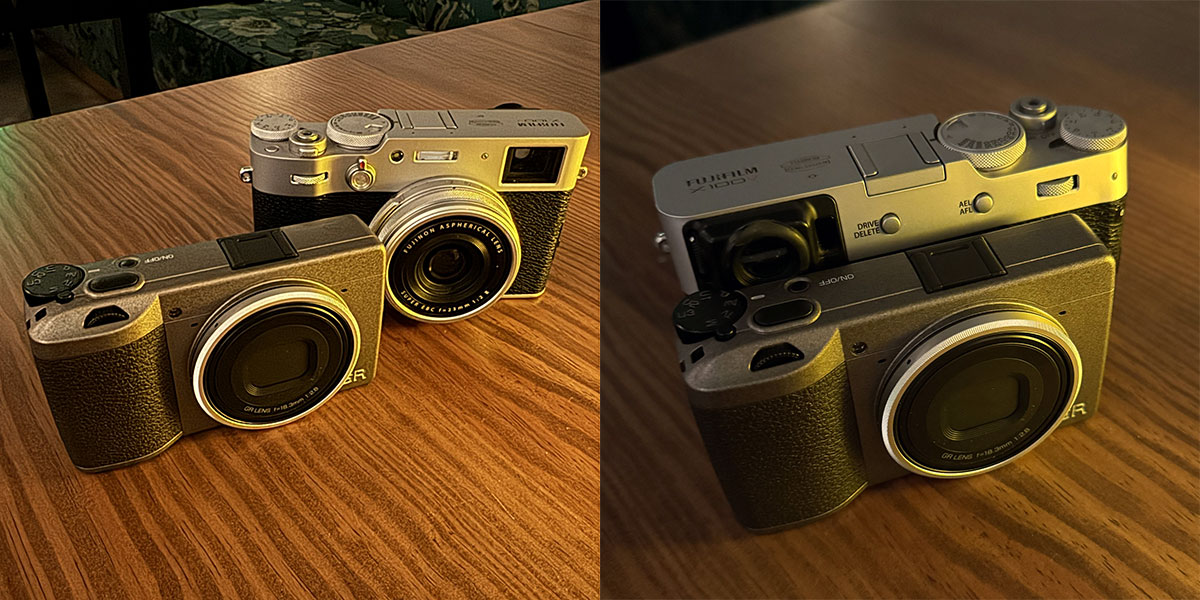
First impressions, I love it. I got the Diary Edition because it was the one that was available but the only difference over the regular version is the color. The normal GR III is black, Diary Edition is a warm grey, I have zero preference, both are nice in their own way and I wouldn’t care less which one I had.
The camera is tiny, it’ small enough to fit into my tight jeans pocket which means it can easily fit into all my other pockets as well. In winter it definitely won’t be an issue stuffing the camera in one of the may jacket pockets so it already has a big advantage over the Fuji. The other thing I really like about it is the fact I’m shooting more with the camera. This is going to sound weird but the best thing the Fuji has the Ricoh doesn’t have is the electronic view finder. It makes shooting a lot more enjoyable. But, because the Ricoh doesn’t have a viewfinder, it’s making me shoot more. Mainly because it’s quicker since I don’t need to raise the camera up to my eye. And also by not raising the camera up to my face, it makes me less noticeable that I am taking pictures, so I take more. I know I could shoot with the rear screen of the Fuji which also has the advantage of tilting, but because I like using the EVF, I’ve just gotten used to using the Fuji that way and I’ll always prefer the EVF over the rear screen.
I have a trip coming up in two weeks time and will be taking my GR III with me. Once I’m back I’ll post about the experience. For now, if you have any questions let me know.
